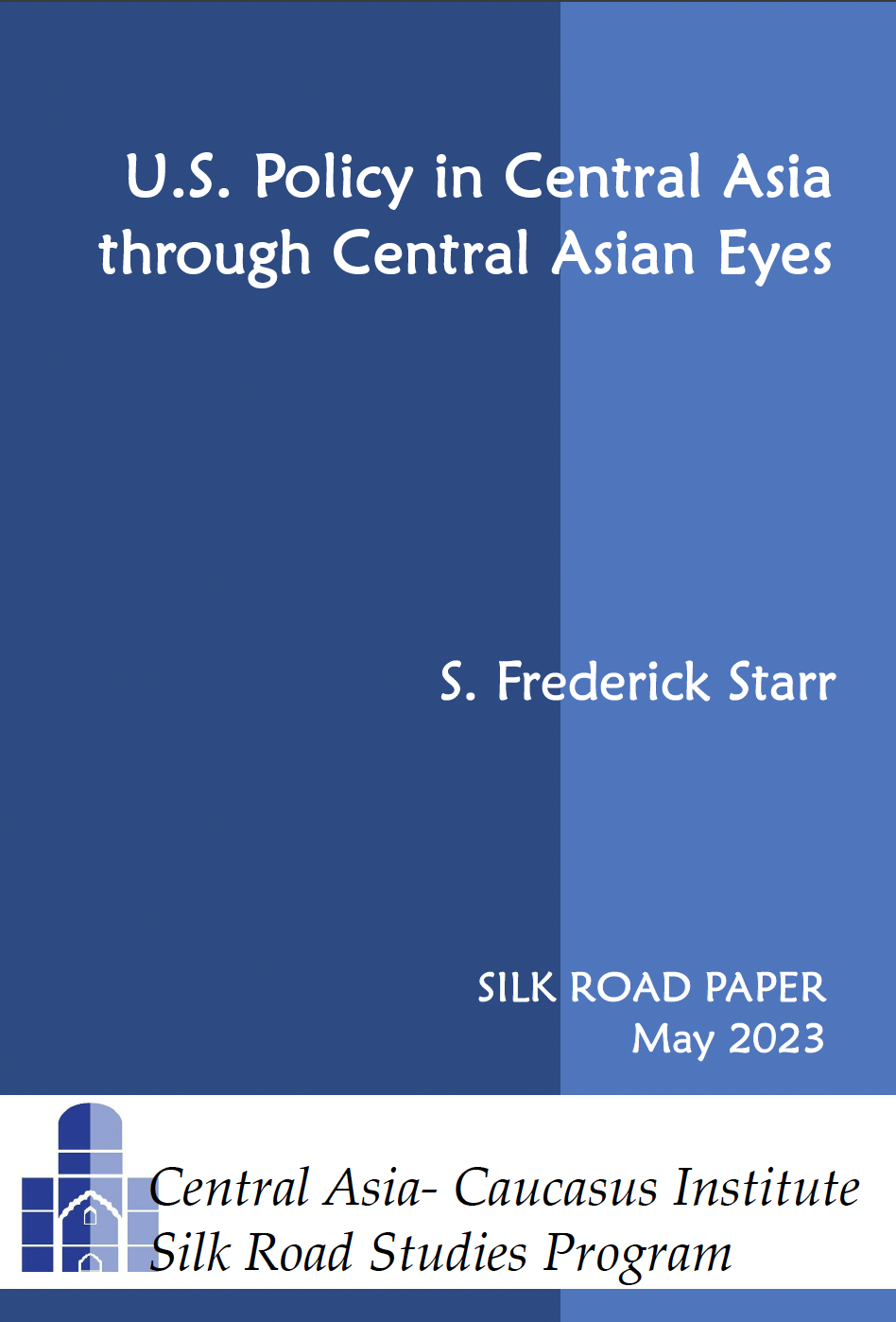The death of Mullah Mansour and the future of the Taliban
By John C.K. Daly
June 7th, 2016, The CACI Analyst
On May 21, a U.S. drone attack killed Taliban leader Mullah Akhtar Muhammad Mansour and taxi driver Mohammad Azam near Nushki in Pakistan’s Baluchistan province. Mansour was returning from Taftan, Iran, where he had gone for medical treatment, to his residence near the provincial capital Quetta, a 370-mile journey. Mansour and his driver had completed roughly two-thirds of the nine-hour trip. A Pakistani passport and a Computer National Identity Card (CNIC) identifying Mansur as “Wali Muhammad” were found near the wreckage. Mansour’s death, coming nine months after his contested election as “Amir al-Mu'minin” by the Taliban’s Rahbari Shura, has added additional volatility to Afghanistan’s complex political landscape, effectively sidelining any possibility of renewing peace negotiations with the Afghan government as Mansour’s successor seeks to consolidate his position.
Ad-hoc peace or ad-hoc war: micro-geopolitics of Central Asia and the Caucasus
By Farkhod Tolipov
June 2nd, 2016, The CACI Analyst
A few weeks before the April 2-5 fighting over Nagorno-Karabakh between Azerbaijan and Armenia, a border crisis occurred between Uzbekistan and Kyrgyzstan on March 18-26. Some observers connected these two events as links in the same chain. Indeed, both cases revolve around so-called frozen conflicts in the post-Soviet space; where one of the conflicting sides is a CSTO member and the other is not; and where speculations proliferate of a hidden Russian hand in both the instigation and mediation of the clashes. The two conflicts can be seen as a by-product of the same process – the continuing divergence of the former single Soviet space.
Poisk-2016: CSTO stages intelligence and reconnaissance exercise
By Roger N. McDermott
May 31st, 2016, The CACI Analyst
Russia’s Armed Forces are conducting a series of exercises in Central Asia ostensibly designed to reassure regional allies that Moscow will assist in the face of an insurgency or incursion led by the Taliban or the terrorist organization calling itself the Islamic State (ISIS). However, these exercises are increasingly demonstrating the Kremlin’s intention to reassert Russia’s security role in Central Asia, while some features of such military exercises are also betraying increasingly sophisticated Russian technology and warfare capabilities, and consequently a widening gap with the country’s allies in the Collective Security Treaty Organization (CSTO).
Kazakhstan's history as a geopolitical battlefield
By Dmitry Shlapentokh
May 27th, 2016, The CACI Analyst
Throughout 2015, Kazakhstan celebrated the 450th anniversary of what it regards as the beginning of its statehood as a major national event. This extraordinary interest in a seemingly academic subject had clear political undertones: Kazakhstan is not an “artificial” state, as sometimes proclaimed by representatives of the Kremlin. The country’s continuous process of distancing itself from Russia has been coupled with repression against suspected proponents of separatism in Northern Kazakhstan, populated by considerable numbers of ethnic Russians or Russian-speakers. Despite the existence of clearly pro-Russian attitudes in this region, Moscow has not supported them out of fear that it could raise extremist forms of nationalism in Russia, which would be highly problematic for the Kremlin.
- Kazkhstan
- Central Asia
- Russia
- Turkic Nationalism
- Russian minority Kazakhstan
- Russian separatism northern Kazakhstan
- Russian language Kazakhstan
- Nursultan Nazarbaev
- Eurasianism
- Soviet Union
- Eurasian Union
- Sychev case
- Belov case
- Eastern Ukraine
- Russian nationalism
- Kazakh national identity
- Kazakh history
- Colonialism



 Silk Road Paper S. Frederick Starr,
Silk Road Paper S. Frederick Starr,  Book Svante E. Cornell, ed., "
Book Svante E. Cornell, ed., "